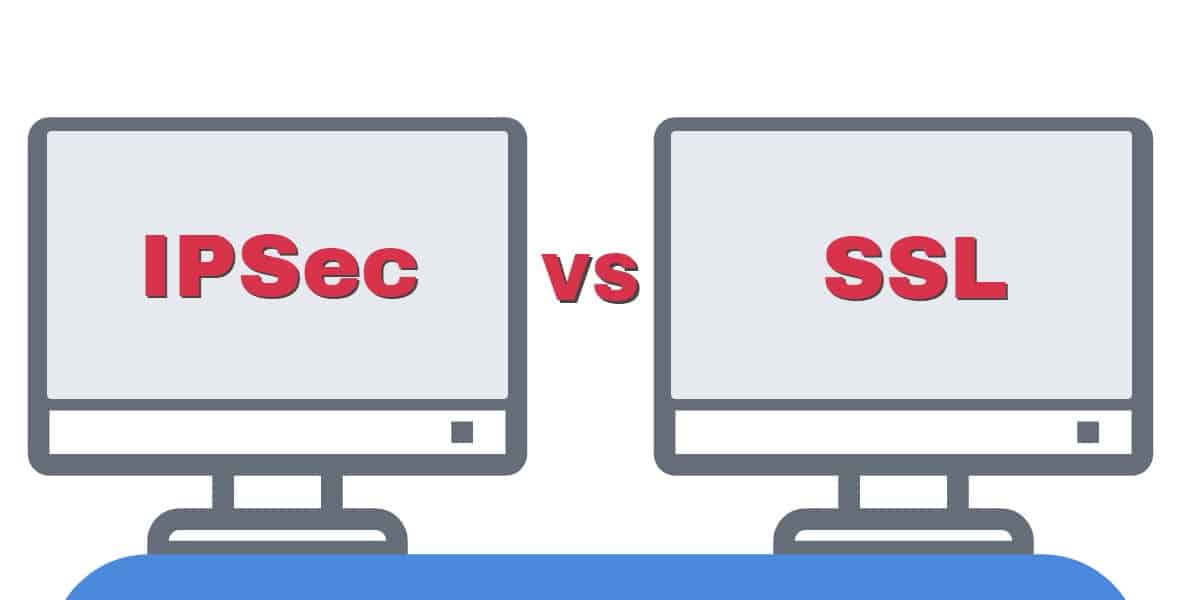

Once the VPN tunnel has been established, the control channel is then tasked with maintaining the connection’s stability. When a VPN discusses the strengths and weaknesses of its performance or talks about a “secure VPN tunnel,” it is talking about its data channel. Once this connection is established, the data channel begins transmitting your Internet traffic. This is all a bit technical, so broad overview: When you connect to a VPN server, the VPN uses its control channel to establish shared keys and set up a connection between your device and the server. The additional layer allows your information to travel through the VPN tunnel and arrive at its correct destination. This extra layer is necessary because the protocol configurations your VPN uses inside the data channel are not necessarily the same as the ones that the regular Internet uses. However, for your data to pass through this secure tunnel, it must be encapsulated.Įncapsulation is when a VPN protocol takes bits of data, known as data packets, from your Internet traffic and places them inside another packet. Together, these two channels establish and maintain a secure VPN tunnel. The data channel, as you might have guessed, is responsible for transporting your Internet traffic data. The control channel is responsible for the key exchange, authentication, and parameter exchanges (like providing an IP or routes and DNS servers). A VPN protocol, also known as a “tunneling protocol,” is the set of instructions your device uses to negotiate the secure encrypted connection that forms the network between your computer and another.Ī VPN protocol is usually made up of two channels: a data channel and a control channel. VPNs rely on what is called “tunneling” to create a private network between two computers over the Internet. If you don’t already know how a VPN works, click here. While we try to explain terms clearly, this post will be more useful if you come in with some basic technical knowledge. This post delves into some of the inner workings of VPNs. This post will investigate VPN protocols, what they do, how they work, and what it means if a VPN service uses OpenVPN over L2TP, for example. Our first post explained what HMAC SHA-384 means. We have begun a series of posts where we explain some of our security measures so that people can make more informed decisions.

It often means users are struggling to understand an alphabet soup of different acronyms. Evaluating the more technical aspects of a VPN can be difficult, especially for the average user. We also compare the strengths and weaknesses of the most common protocols, including OpenVPN, WireGuard, IKEv2, PPTP, and L2TP.īefore you trust a VPN to protect your Internet activity, you need to make sure they’ve put in place the necessary safeguards. We explain what a VPN protocol is and what it does.


 0 kommentar(er)
0 kommentar(er)
